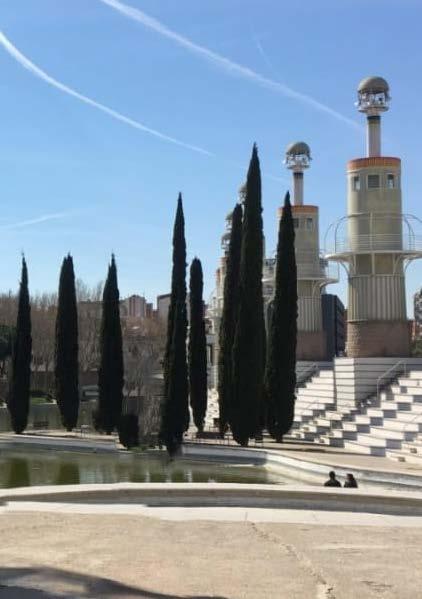
1 minute read
Spain
Case Study
In Spain, a tradition of children and young people playing in the streets has now greatly disappeared due to increasing urbanisation and occupation of space by vehicles. The 1992 Olympic Games brought renewed attention to sport and to the need for sports venues and facilities. The most popular places for physical activity are parks, public gardens, public courts, and streets if have also been installed in many places, but these are not often used and are deteriorating.
Advertisement
In the case of children and youth, group play and sports, often practised after school, are the most popular; some adult men also engage in team sports. In contrast, individual sports such as running or walking are generally more prevalent among adults and older people. Recently (before the pandemic) mass topdown running events have become very popular. Outdoor gymnastics facilities
In general, there are a large number of initiatives adapting public spaces for sport and physical activity (especially in the Basque Country and Catalonia), some cities already have such spaces and others are starting to develop them. There are several good local authority initiatives in Spain that have proven to be sustainable and supportive of physical activity. The most notable is Turia Park, which has changed the behaviour of local residents - many people have started walking, cycling, playing, running and using it as a route to work. A similar case is Madrid Río, a riverfront restoration project where cultural and entertainment facilities are available in addition to physical activity.









